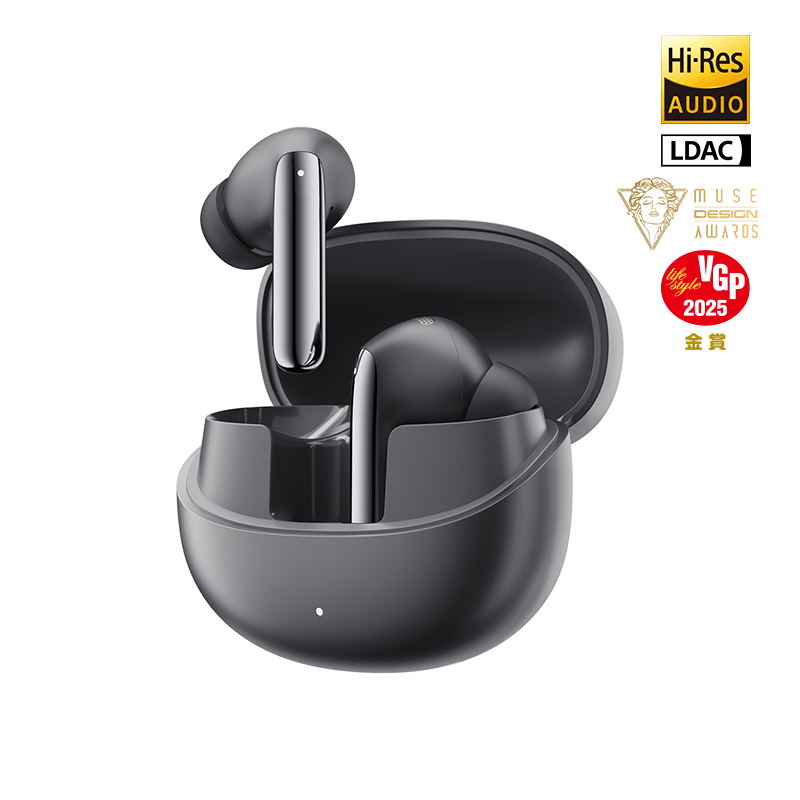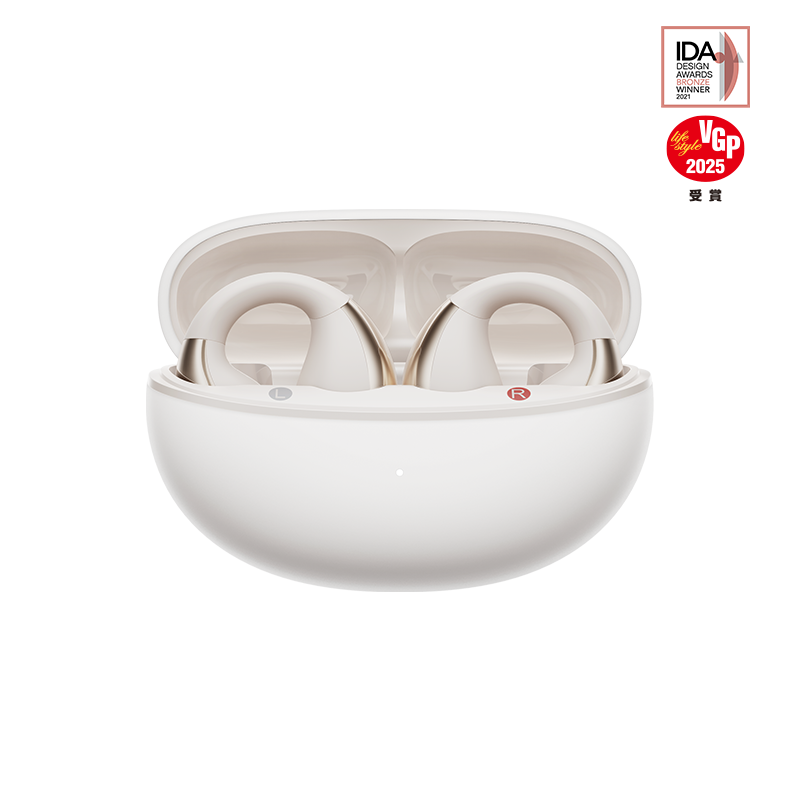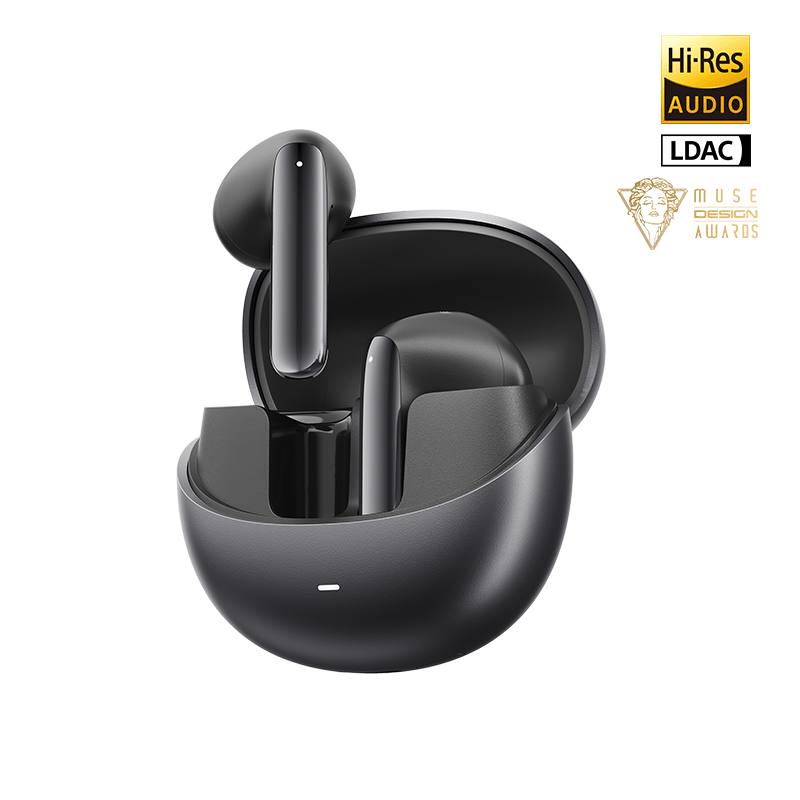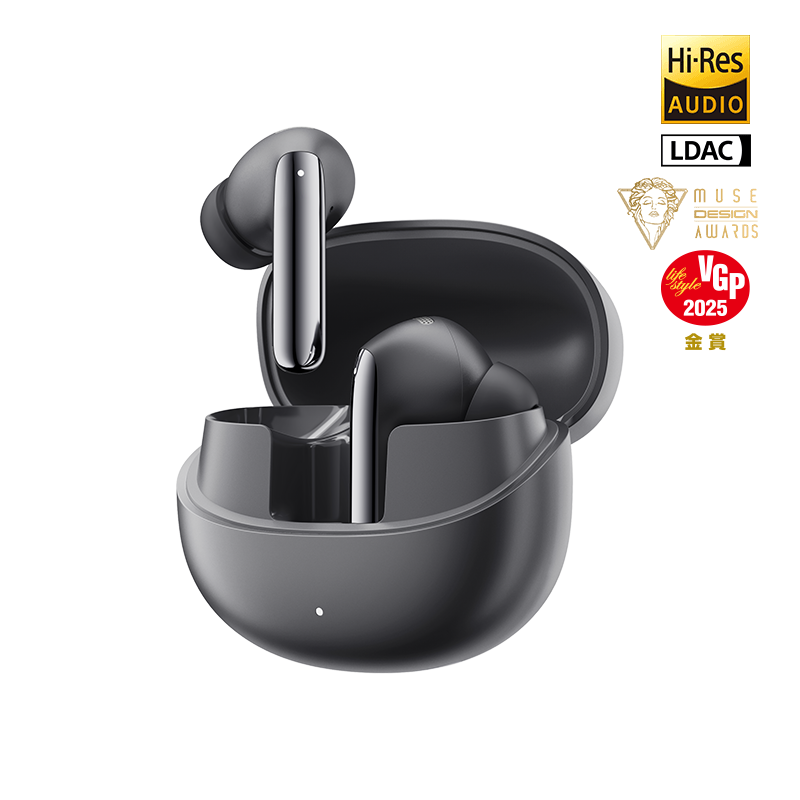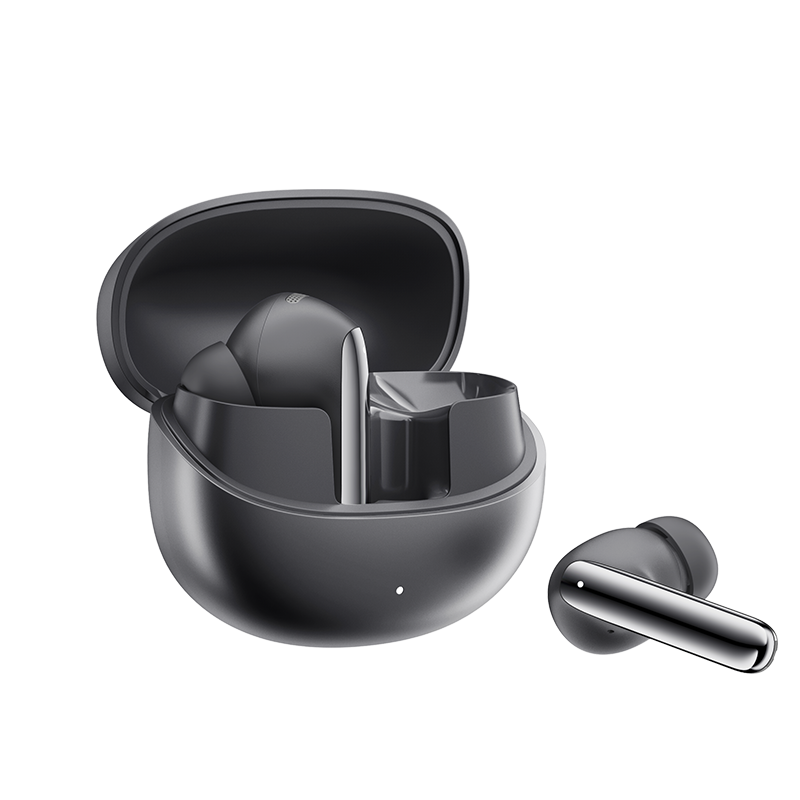For audiophiles, sound is more than just a function; it is an experience, a craft honed over time. Whether you're a seasoned music enthusiast or someone diving deeper into the world of sound, understanding the fundamentals of audio quality is crucial. In this article, we will explore the core parameters that affect sound quality, common audio codecs used in Bluetooth headsets, the various driver unit types, and how to effectively test and analyze sound quality.
1. Core Parameters That Affect Sound Quality
The richness of sound is not determined by just one element, but rather a combination of multiple technical parameters. These include:
Frequency Response: This is the range of frequencies a headset can reproduce. A wider frequency range can potentially offer a more detailed sound. Most headphones operate between 20 Hz (low bass) to 20,000 Hz (high treble), which corresponds to the human hearing range. However, premium headphones may extend beyond these limits to capture subtle details.
Total Harmonic Distortion (THD): This measures how much a sound signal gets distorted when played through the headphones. The lower the THD, the purer and clearer the sound. High-quality headphones generally have THD values below 1%.
Impedance: This refers to the resistance the headphones present to the audio signal. Headphones with low impedance (below 50 ohms) are easy to drive with smartphones, while high-impedance headphones (above 100 ohms) may require a dedicated amplifier for optimal performance.
Soundstage and Imaging: Audiophiles are often after a large, well-defined soundstage—the perceived space and environment of sound reproduction. Good imaging means being able to pinpoint where each sound is coming from within that space, contributing to an immersive experience.
2. Common Audio Codecs for Bluetooth Headsets
When it comes to Bluetooth headsets, audio codecs play a crucial role in determining the sound quality. These codecs compress audio for wireless transmission, but each has a different level of efficiency and quality. Here are some of the most common codecs:
SBC (Subband Codec): This is the most basic codec used in Bluetooth headsets, providing universal compatibility across devices. However, its compression is less efficient, resulting in lower sound quality compared to other codecs.
AAC (Advanced Audio Codec): AAC is widely used in Apple devices and offers better sound quality than SBC, especially for iOS users. It's optimized for lower bit rates while maintaining reasonable sound quality, making it a popular choice for streaming services like Apple Music.
aptX: Qualcomm’s aptX codec delivers near-CD quality sound by using more efficient compression algorithms compared to SBC and AAC. It is a favorite among Android users and supports high-fidelity streaming for a more enjoyable listening experience.
LDAC: Developed by Sony, LDAC offers three levels of audio quality (330 kbps, 660 kbps, and 990 kbps) and allows for the transmission of high-resolution audio over Bluetooth. For audiophiles who value lossless or near-lossless sound, LDAC is often the preferred codec.
aptX HD and aptX Adaptive: These are improvements over the original aptX codec, offering higher resolution audio and dynamically adjusting the bitrate to balance sound quality and connection stability.
3. Driver Unit Types and Their Impact on Sound Quality
The driver unit in a headphone is the component that converts electrical signals into sound. Different types of drivers have distinct impacts on sound reproduction. Here’s a breakdown of the most common types:
Dynamic Drivers: These are the most common drivers in headphones. They use a magnet and a diaphragm to create sound. Dynamic drivers are known for producing strong bass and handling higher volumes without much distortion. However, they can sometimes lack detail in the high frequencies.
Balanced Armature Drivers: Found in many in-ear monitors (IEMs), these drivers are smaller and more precise than dynamic drivers, offering greater clarity, especially in the mids and highs. However, they may not handle bass as well as dynamic drivers.
Planar Magnetic Drivers: Planar magnetic drivers are often used in high-end audiophile headphones. They offer excellent sound clarity, detail, and a wide soundstage, but are typically more expensive and heavier.
Electrostatic Drivers: These drivers are the pinnacle of headphone technology, offering unparalleled clarity and detail. However, they require specialized amplifiers and are very costly, making them a niche choice for the most discerning audiophiles.
4. How to Test and Analyze the Sound Quality of Headphones
Testing headphone sound quality can be a subjective experience, but there are standardized ways to evaluate performance across different parameters. Here are some effective methods:
Critical Listening: Play a selection of high-quality, lossless tracks (FLAC, WAV) from different genres. Pay attention to how well the headphones reproduce the details in the music, especially in complex passages. Listen for balance between bass, midrange, and treble, as well as the presence of distortion at higher volumes.
Soundstage Testing: To evaluate soundstage, try listening to live recordings or orchestral pieces where spatial separation between instruments is crucial. Check how well the headphones present the width, depth, and height of the sound.
Frequency Sweep: Use a frequency sweep test, which plays a tone that moves through different frequencies. This helps you identify any frequency dips or peaks that may cause distortion or inconsistency in sound reproduction.
Impedance Matching: If you have high-impedance headphones, test them with and without an amplifier to understand how power affects the sound quality. Ensure your device can properly drive the headphones for optimal performance.
Noise Isolation and Comfort: Finally, consider the level of noise isolation (for passive headphones) or noise cancellation (for active ones), as these features can significantly impact the listening experience in different environments. Comfort also plays a huge role, especially for long listening sessions.
Conclusion
For audiophiles, the pursuit of perfect sound is an ongoing journey, shaped by the intricate dance between core technical parameters, audio codecs, and headphone components like driver units. By understanding these elements and knowing how to test them, you can elevate your audio experience, ensuring every note is as immersive and detailed as possible. Whether you're a casual listener or a passionate sound enthusiast, knowing these basics will help you make more informed choices in your quest for superior sound.
Why Choose QCY H3, QCY AilyBuds Pro+, and QCY MeloBuds Pro?
Each of these QCY models brings unique features that cater to different needs, making them stand out among the vast array of audio products available today. Here's a breakdown of why these three models are excellent choices for audiophiles and music lovers.
QCY H3: Experience Premium Over-Ear Sound
The QCY H3 delivers a high-quality listening experience with its advanced features. It offers 43dB Hybrid ANC, providing an oasis of silence by significantly reducing ambient noise. The adaptive dual-mode system allows you to switch between ANC and audio enhancement for optimal sound performance. With Hi-Res Audio certification and 40mm titanium drivers, you get rich, 3D sound quality that rivals a theater-like experience. The 60-hour battery life ensures that your music never stops, and you can enjoy lossless sound using Type-C or AUX options.
QCY AilyBuds Pro+: True Wireless with Adaptive ANC
The QCY AilyBuds Pro+ is designed for users seeking a premium true wireless experience with adaptive ANC that automatically adjusts to your ear and wearing style. It features multiple ANC modes to cater to different environments and ensures effective noise reduction. The earbuds support Hi-Res Audio with LDAC and Hi-Fi 5 DSP codec, providing exceptionally detailed sound quality. 6 microphones and AI-based noise reduction ensure clear calls, and the 50° semi-in-ear design guarantees comfort during extended use.
QCY MeloBuds Pro: Versatile Earbuds for All-Day Listening
The QCY MeloBuds Pro stands out with its adaptive active noise cancelling that can reduce up to 99% of ambient noise. Multiple ANC modes allow you to customize the level of noise cancellation, making it versatile for different situations. These earbuds deliver 360° stereo sound with LDAC support, providing a 3D, concert-like audio experience. The smart wearing detection ensures audio only plays when the earbuds are in your ears, and with up to 34 hours of total playtime, you can listen for longer without needing frequent recharges. Additionally, dual-device connection allows for seamless switching between two Bluetooth devices.





